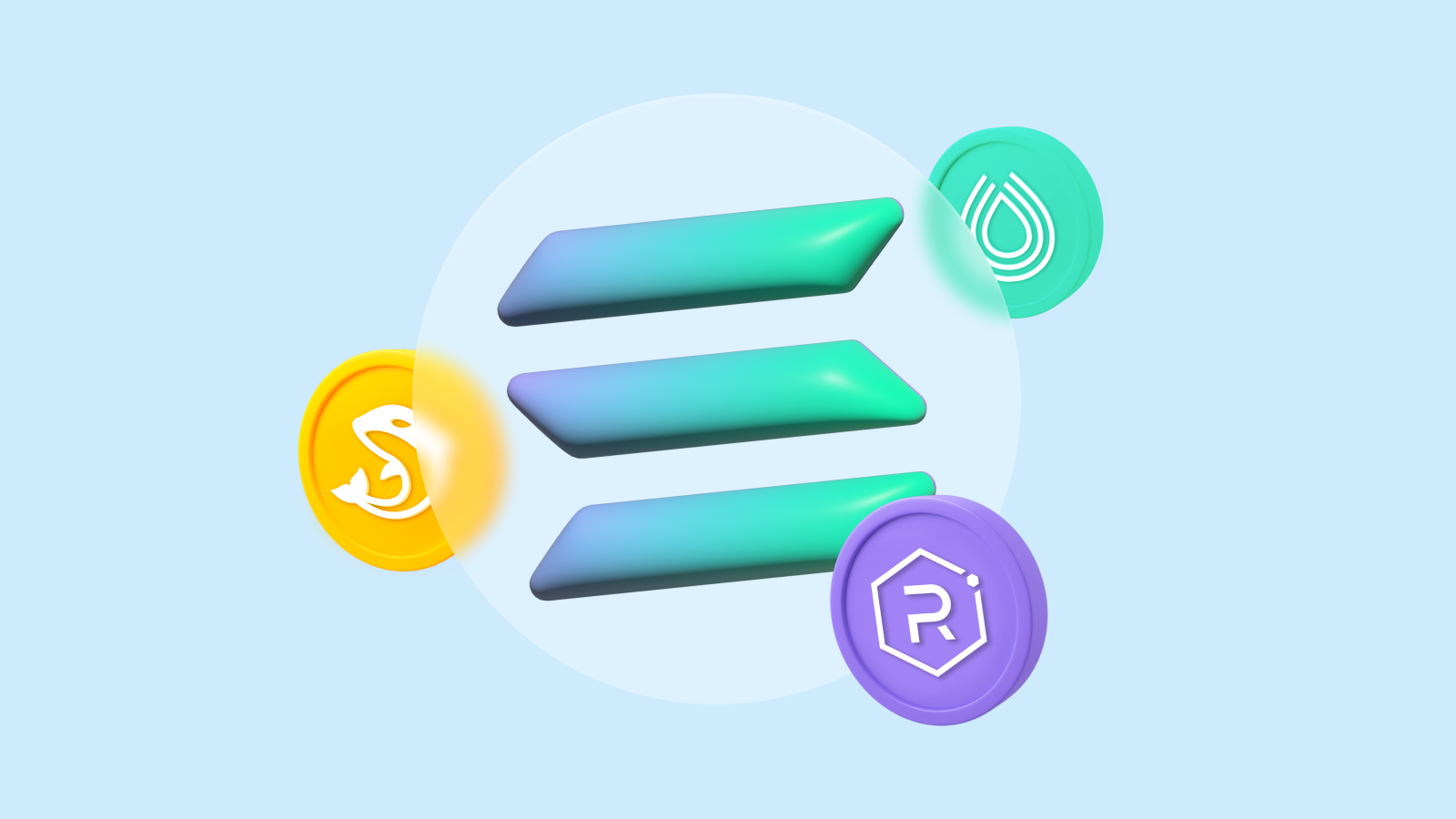About Solana
Solana is one of the most successful projects released in recent years. In just two years of existence, Solana has managed to attract hundreds of developers and become a native platform for many successful DeFi, NFTs, Web3, and Lending projects. We invite you to consider the advantages of Solana and which three decentralized exchanges have become the hottest projects on Solana.
Solana Benefits
From the point of view of the end-user, Solana and Ethereum are open-source blockchains that allow the creation of smart contracts. However, if you dig deeper, the blockchains in question have different architectures and, therefore, different advantages. Solana blockchain was launched in 2020 and contained eight innovative technologies.
These include the world’s first parallel smart contract execution environment — Seavel, which allows tens of thousands of contracts to be executed simultaneously. Gulfstream is an alternative protocol for directing transactions, which allows for greater throughput. The Turbine block distribution protocol solves the scalability problem. An advanced Proof of History (PoH) protocol and “Tower BFT” facilitate consensus mechanisms for the Solana network.
These technologies allow Solana to achieve incredible speed — more than 50,000 transactions per second and at the same time remain a cost-effective platform for both users and developers — fees do not reach more than $0.01. In addition, Solana is one of the most secure and decentralized blockchains. More than 1,700 nodes are responsible for the operation of the network. Due to its benefits, the Solana blockchain is becoming increasingly popular among developers, and decentralized exchanges on Solana are characterized by speed, security, and the lowest trading fees in the industry.
Top 3 DEXs On Solana
Raydium
Raydium is the most popular and capitalized decentralized exchange on the Solana blockchain. Raydium was launched in 2020 in collaboration with Solana and Serum DEX. The exchange has a unique hybrid architecture, that is, the Raydium automated market maker protocol interacts with the central limit order book of the Serum. This approach ensures a high level of liquidity and the best exchange rate. Raydium analyzes the most profitable exchange option (AMM or Serum order book) and provides the best offer. The Raydium interface works lightning fast and cost-effectively thanks to the use of Solana. Raydium’s trading fees are approximately 0.25% for each transaction plus the Solana network fee.
In addition to cheap and fast swaps, users can also use additional tools. Any user can become a liquidity provider and receive a part of the pool’s trading fees. 0.22% of 0.25% of the pool’s trading fees go to reward liquidity providers and are distributed depending on their share in the pool. Moreover, liquidity providers can participate in yield farming and receive RAY rewards. There are also Fusion pools where liquidity providers can receive third-party project tokens as a reward.
Raydium also provides a launchpad to developers of new Solana dApps under which they receive three-step funding. Also, after that, their tokens become available for trading in Raydium and Serum.
Serum
Serum is one of the leading decentralized crypto exchanges on the Solana blockchain. The exchange was launched in 2020 with support from a number of experts in the face of FTX crypto exchange, Alameda Research trading platform, and Solana Foundation. Serum operates on the central on-chain limit order book (CLOB) and supports cross-chain asset exchange.
Thus, the Serum interface is familiar to many traders, as it resembles a standard trading terminal of centralized exchanges. That is, if, on most DEX that works based on an automated market maker, traders cannot independently choose the price, size, and some other parameters, then the Serum does not abandon the order book model and does not deprive traders of this opportunity. The order book is filled with liquidity providers, including market aggregators of other exchanges. The advantages of the Serum include extremely low trading fees — only $0.00001 per transaction and incredible speed.
To manage the protocol, an internal SRM token was issued, initially created as an SPL token in the main Solana network, although with the ERC20 version in the Ethereum blockchain. The token has three key functions: management, staking, and fee reduction. Thus, SRM holders receive additional discounts on trading fees — up to 60%. In addition, they have the opportunity to vote for the development and improvement of the protocol.
Orca
Orca is a user-friendly decentralized exchange based on an automated market maker. Solana allows Orca to work efficiently, quickly, and with minimal fees. This AMM utilizes the Coingecko platform to provide a fair price. When exchanging tokens, users pay two types of fees — a fee to liquidity providers (from 0.07% to 0.3%, depending on the pool) and a network fee (0.0001 — 0.001 SOL). Since the Orca exchange has become one of the most popular, huge volumes of cryptocurrencies are traded on this platform. In addition, many buying and selling orders are opened every second. This means that any coin can be purchased or sold conveniently at a fair market price.
In addition to exchanging tokens, Orca also provides an opportunity for users to become liquidity providers. Liquidity providers receive 0.3% of all transaction fees in their pool (depending on the share in the pool). In addition, every fortnight, Orca randomly chooses some pools to become Aquapools, where liquidity providers receive additional ORCA rewards.
The exchange periodically holds various events. For active participation in the ecosystem, users can earn marine-themed NFTs. In addition, Orca NFTs are divided into seven categories of rarity. So, for example, NFT Killer Whale was airdropped to the most active liquidity provider.
